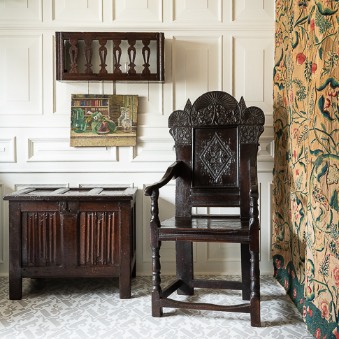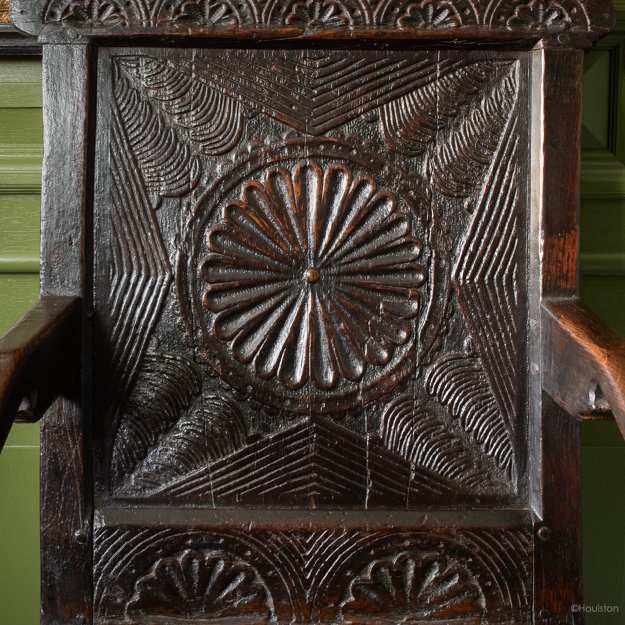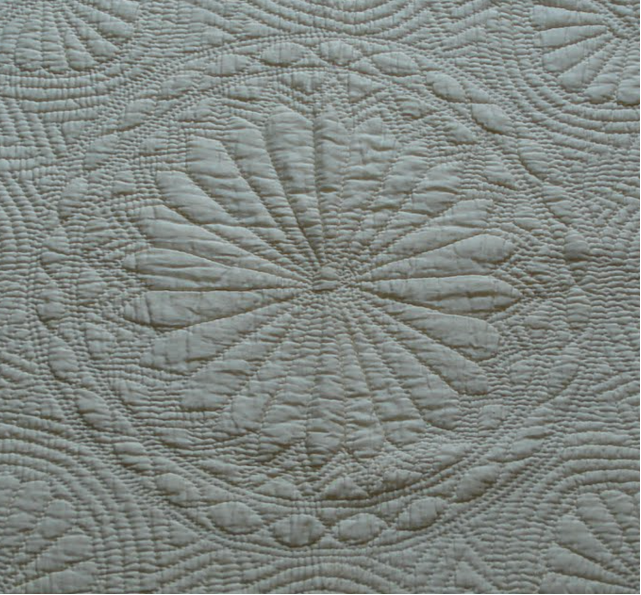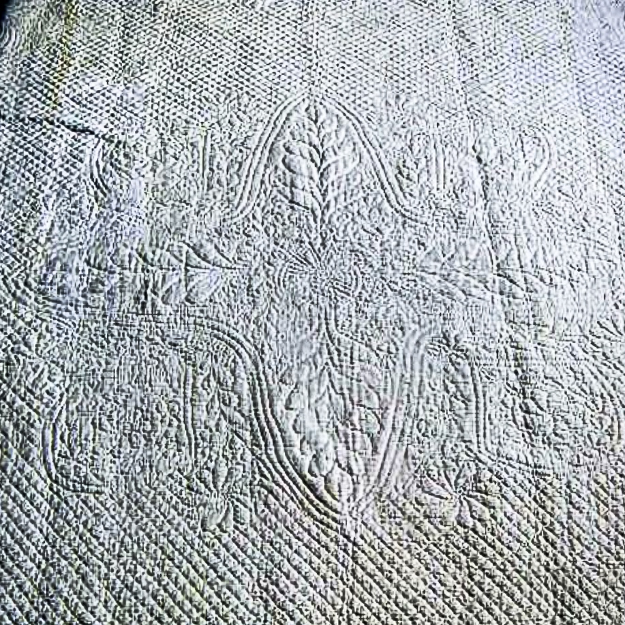Historic design crossover

If I had to choose a favourite category of antique furniture it would be the chair. Of course all antiques possess to some extent the intangible, mysterious attraction of a conduit-like link to previously-lived human lives. All, to some degree, reach out across the centuries to connect us, in our frantic world, with those whose planet this used to be. They bear the marks and signs of their makers, their owners and their use. They bear invisible but significant connotations about wealth and status which aren’t always plain to us now, but at which we might guess. The vernacular oak open armchairs that we favour at Houlston are often distinctively regional in their shapes and detailing. These chairs possess a character of their own, each one a unique, strong presence in a room.

What singles chairs out for me, however, is their particularly intimate use. By definition of their function (along with antique beds), of all the early furniture types, chairs have always been physically closest to people, literally holding or cradling us. Certainly for me, with two desperately dodgy hip joints, chairs have always been dear friends. They support us in convivial and solitary moments alike, and in moments of extreme physical or emotional weakness. Chairs are there to embrace us whilst we eat, rest, write, sew, debate, negotiate, and wait…how much waiting? How many posteriors in how many circumstances has each chair supported over its hundreds of years of use? Sit in one of these mighty pieces of oak and rest your hands on the ends of the arms; feel the warm, smooth texture, the glow of the closed grain and try to imagine what this erstwhile companion has witnessed and upheld.
Pleasingly, there has always been additional personality to discover in the look and feel when chairs are upholstered. Antique textiles, rich velvets, weaves or embroideries now as at any historic time can enhance and rejuvenate an antique seat. Even if a chair isn’t of the upholstered kind, it can still make the perfect spot to show off luxurious cushions made from exquisite and rare antique fabrics. What an opportunity to marry two beautiful antiques to comfortable and stylish effect? From the earliest times around the world, textiles were easily valued as highly as chairs, similarly treasured, passed down through generations and documented in inventories.

Fascinatingly, there is an intriguing notion of decorative crossover between textiles and furniture which is exemplified in a handsome 17th century chair we currently have in stock (number 2584, see the image above). This chair has an unusual carved design of fine ribbed fields surrounding a large daisy on the back panel. It has been suggested that certain North Country wholecloth quilt designs (particularly the ‘running feather’) could have influenced designs such as on this chair. Immediately above and below are examples of the kinds of North Country wholecloth design thought to have inspired the carving. The similarities are certainly striking, and add another layer of interest to an already beguiling piece of furniture.

Published on: 14 May 2021

